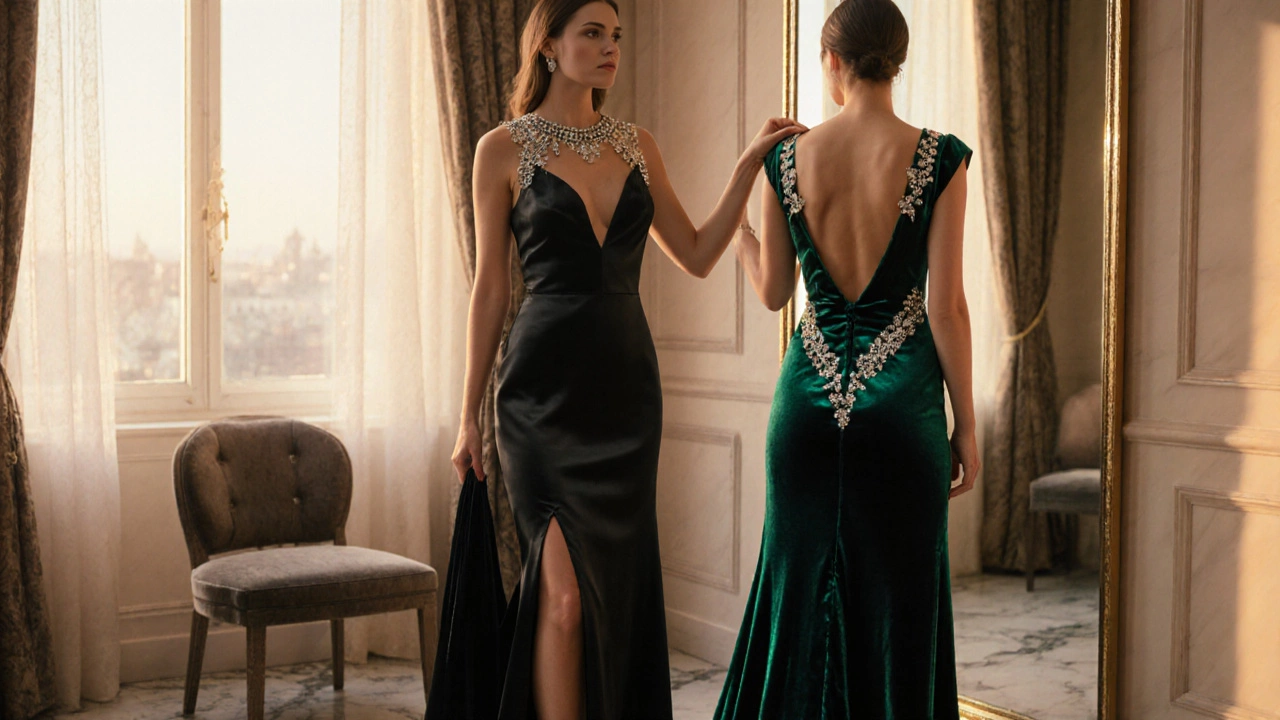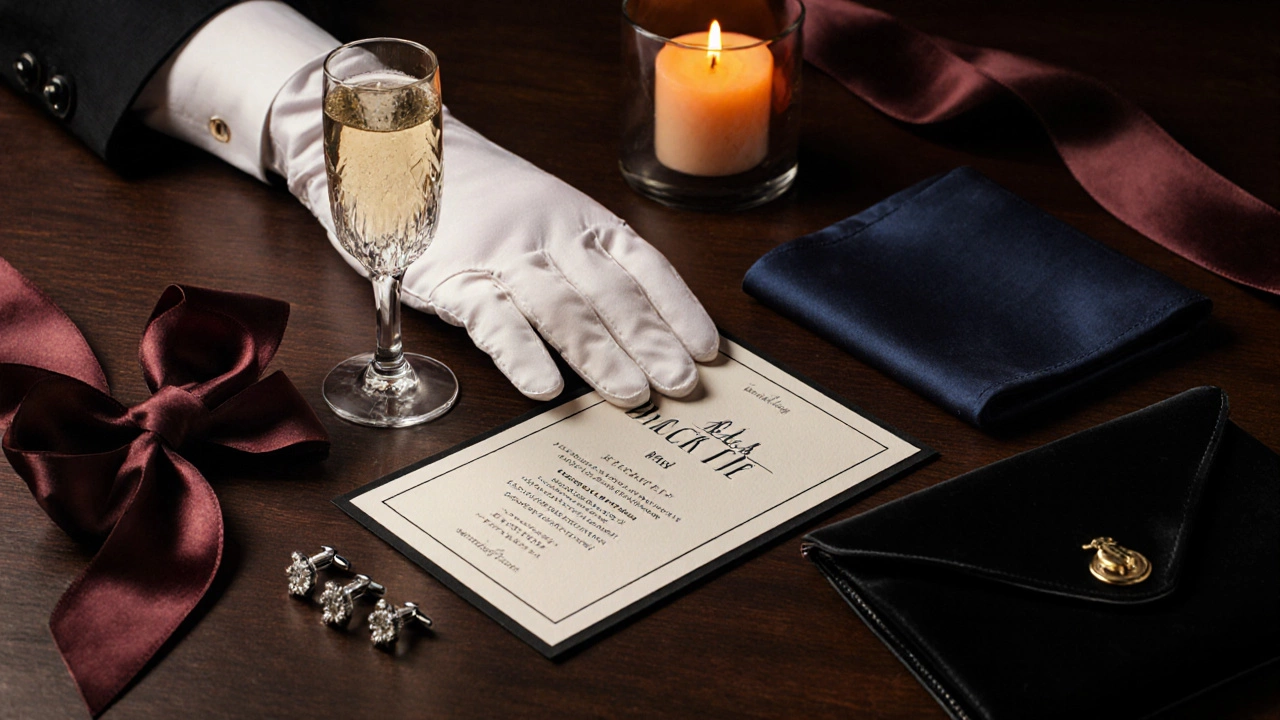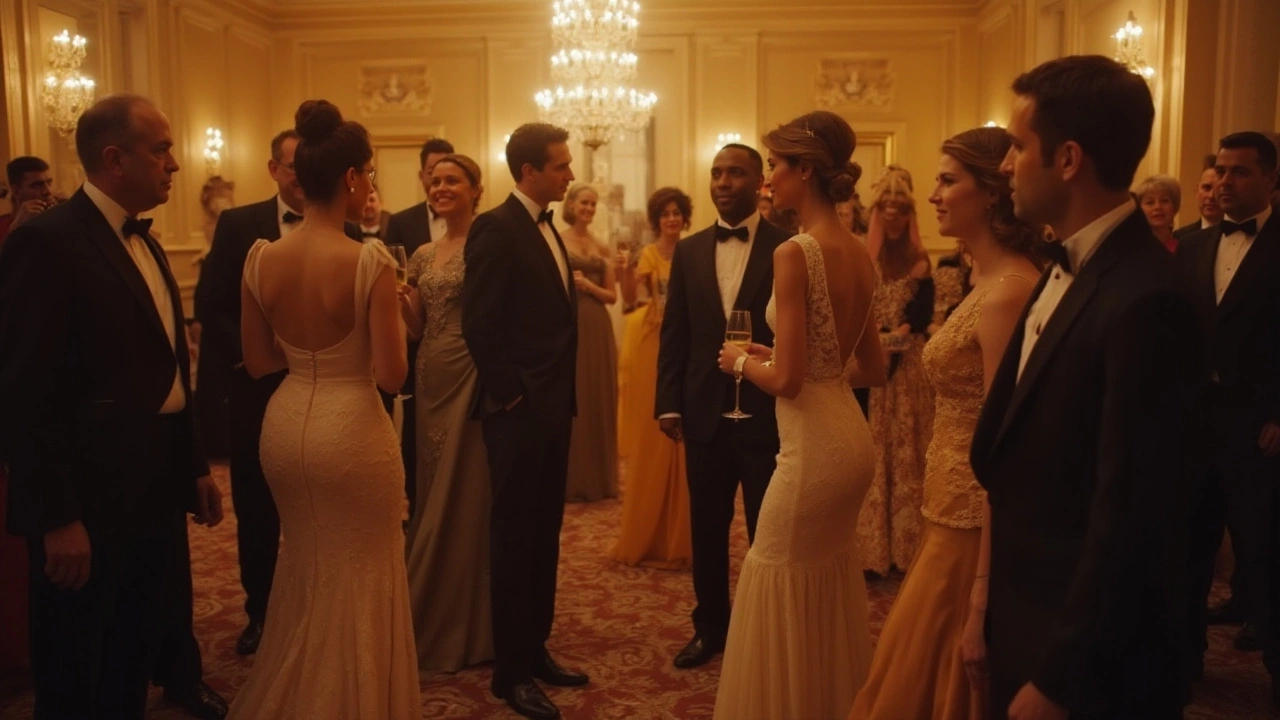Formal Attire: Your Complete Style Handbook
When thinking about Formal Attire, clothing designed for dressy occasions like weddings, galas, or business events. Also known as formal clothing, it sets the tone for a polished look. Evening Wear, luxurious dresses, tuxedos, and tailored gowns worn after sunset falls under this umbrella, as does Suit, a matching jacket and trousers ensemble often paired with a shirt and tie. Understanding Dress Code, the set of rules that dictate what’s appropriate for a specific event helps you pick the right pieces and accessories.
Why does formal attire matter? It signals respect for the host, the occasion, and the people around you. Whether you’re stepping into a corporate boardroom or a black‑tie gala, the right outfit can boost confidence and make a memorable impression. In the UK, the line between business formal and cocktail attire can be subtle, but knowing the difference saves you from under‑ or overdressing.
Evening wear has evolved beyond traditional black tuxedos and floor‑length gowns. 2025 trends favor sustainable fabrics like organic silk and recycled velvet, while still offering the classic shimmer that night events demand. Designers are mixing structured shoulders with fluid skirts, creating a balance between drama and comfort. Pairing a deep navy velvet blazer with sleek black trousers can walk the line between formal and modern, perfect for a semi‑formal dinner.
When it comes to a suit, price often sparks debate. A £200 suit can be a solid entry point if it uses decent wool and offers a good fit, but you’ll pay more for superior fabrics, hand‑stitched detailing, and a tailored silhouette. The key is to assess quality metrics: fabric weight, stitch count, and lining material. A well‑cut suit in a higher‑end fabric will last longer and look sharper, making it a worthwhile investment for frequent wear.
Matching the dress code with the right accessories is the final puzzle piece. For black‑tie events, opt for a silk bow tie, patent leather shoes, and a pocket square that complements—not competes—with your outfit. For business formal, a leather belt, classic watch, and minimal cufflinks keep the look refined. Remember, accessories should enhance the outfit’s elegance without overwhelming it.
Jackets and shoes play pivotal roles in formal attire. A well‑fitted blazer or dinner jacket adds structure, while quality leather shoes—whether oxfords or monk straps—provide the finishing touch. Choose shoes that fit snugly without pinching, and break them in before the event to avoid discomfort. A polished pair of shoes can elevate even the simplest suit by several style points.
Current trends emphasize versatility and sustainability. Many brands now offer reversible formal jackets—one side classic black, the other a bold pattern—allowing you to switch looks without buying a second piece. Eco‑friendly tailoring services let you customize fits using recycled materials, cutting waste while delivering a perfect silhouette. Keep an eye on emerging colour palettes; muted earth tones are making a comeback, offering a fresh alternative to traditional dark shades.
Below you’ll find a curated collection of articles that dive deeper into each of these areas. From practical tips on choosing the right suit price to the latest evening wear trends, these posts will arm you with the knowledge you need to master formal attire for any setting.
- Cleo Fairchild
- Nov, 15 2025
- 0 Comments
What Is the Difference Between a Cocktail Dress and an Evening Gown?
Learn the key differences between a cocktail dress and an evening gown - length, fabric, when to wear each, and common mistakes to avoid. Get the dress code right every time.
- Cleo Fairchild
- Oct, 25 2025
- 0 Comments
Elegant Evening Dress Code Explained: What to Wear and When
Discover the true meaning of the elegant evening dress code, when to wear white tie, black tie, formal, or cocktail attire, and get step‑by‑step outfit tips.
- Cleo Fairchild
- Jan, 1 2025
- 0 Comments
Understanding the Elegance of Evening Dresses
An evening dress is more than just a garment; it's an embodiment of elegance and sophistication. Traditionally reserved for formal occasions, these dresses often feature luxurious fabrics and intricate designs, ranging from full-length gowns to chic cocktail dresses. Discover the rich history behind evening dresses, fashion tips to choose the perfect style, and explore the timeless appeal of this wardrobe staple. This article delves into the essence of evening wear, offering practical advice and cultural insights.


